1-HydroxyacridoneCAS# 65582-54-9 |

Quality Control & MSDS
3D structure
Package In Stock
Number of papers citing our products
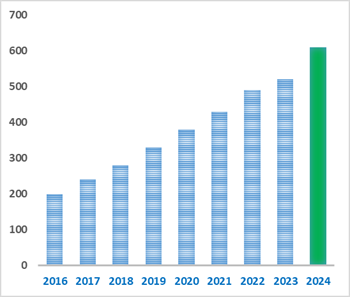
| Cas No. | 65582-54-9 | SDF | Download SDF |
| PubChem ID | 10899903 | Appearance | Powder |
| Formula | C13H9NO2 | M.Wt | 211.22 |
| Type of Compound | Alkaloids | Storage | Desiccate at -20°C |
| Solubility | Soluble in Chloroform,Dichloromethane,Ethyl Acetate,DMSO,Acetone,etc. | ||
| Chemical Name | 1-hydroxy-10H-acridin-9-one | ||
| SMILES | C1=CC=C2C(=C1)C(=O)C3=C(N2)C=CC=C3O | ||
| Standard InChIKey | YZTFXTYKRHQLIU-UHFFFAOYSA-N | ||
| Standard InChI | InChI=1S/C13H9NO2/c15-11-7-3-6-10-12(11)13(16)8-4-1-2-5-9(8)14-10/h1-7,15H,(H,14,16) | ||
| General tips | For obtaining a higher solubility , please warm the tube at 37 ℃ and shake it in the ultrasonic bath for a while.Stock solution can be stored below -20℃ for several months. We recommend that you prepare and use the solution on the same day. However, if the test schedule requires, the stock solutions can be prepared in advance, and the stock solution must be sealed and stored below -20℃. In general, the stock solution can be kept for several months. Before use, we recommend that you leave the vial at room temperature for at least an hour before opening it. |
||
| About Packaging | 1. The packaging of the product may be reversed during transportation, cause the high purity compounds to adhere to the neck or cap of the vial.Take the vail out of its packaging and shake gently until the compounds fall to the bottom of the vial. 2. For liquid products, please centrifuge at 500xg to gather the liquid to the bottom of the vial. 3. Try to avoid loss or contamination during the experiment. |
||
| Shipping Condition | Packaging according to customer requirements(5mg, 10mg, 20mg and more). Ship via FedEx, DHL, UPS, EMS or other couriers with RT, or blue ice upon request. | ||
| Description | 1. 1-Hydroxyacridone has potential antiviral activity. |
| Targets | HSV |

1-Hydroxyacridone Dilution Calculator

1-Hydroxyacridone Molarity Calculator
| 1 mg | 5 mg | 10 mg | 20 mg | 25 mg | |
| 1 mM | 4.7344 mL | 23.672 mL | 47.344 mL | 94.688 mL | 118.36 mL |
| 5 mM | 0.9469 mL | 4.7344 mL | 9.4688 mL | 18.9376 mL | 23.672 mL |
| 10 mM | 0.4734 mL | 2.3672 mL | 4.7344 mL | 9.4688 mL | 11.836 mL |
| 50 mM | 0.0947 mL | 0.4734 mL | 0.9469 mL | 1.8938 mL | 2.3672 mL |
| 100 mM | 0.0473 mL | 0.2367 mL | 0.4734 mL | 0.9469 mL | 1.1836 mL |
| * Note: If you are in the process of experiment, it's necessary to make the dilution ratios of the samples. The dilution data above is only for reference. Normally, it's can get a better solubility within lower of Concentrations. | |||||

Calcutta University

University of Minnesota

University of Maryland School of Medicine

University of Illinois at Chicago
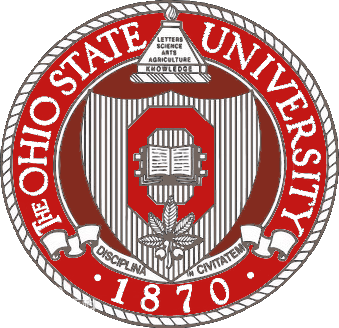
The Ohio State University
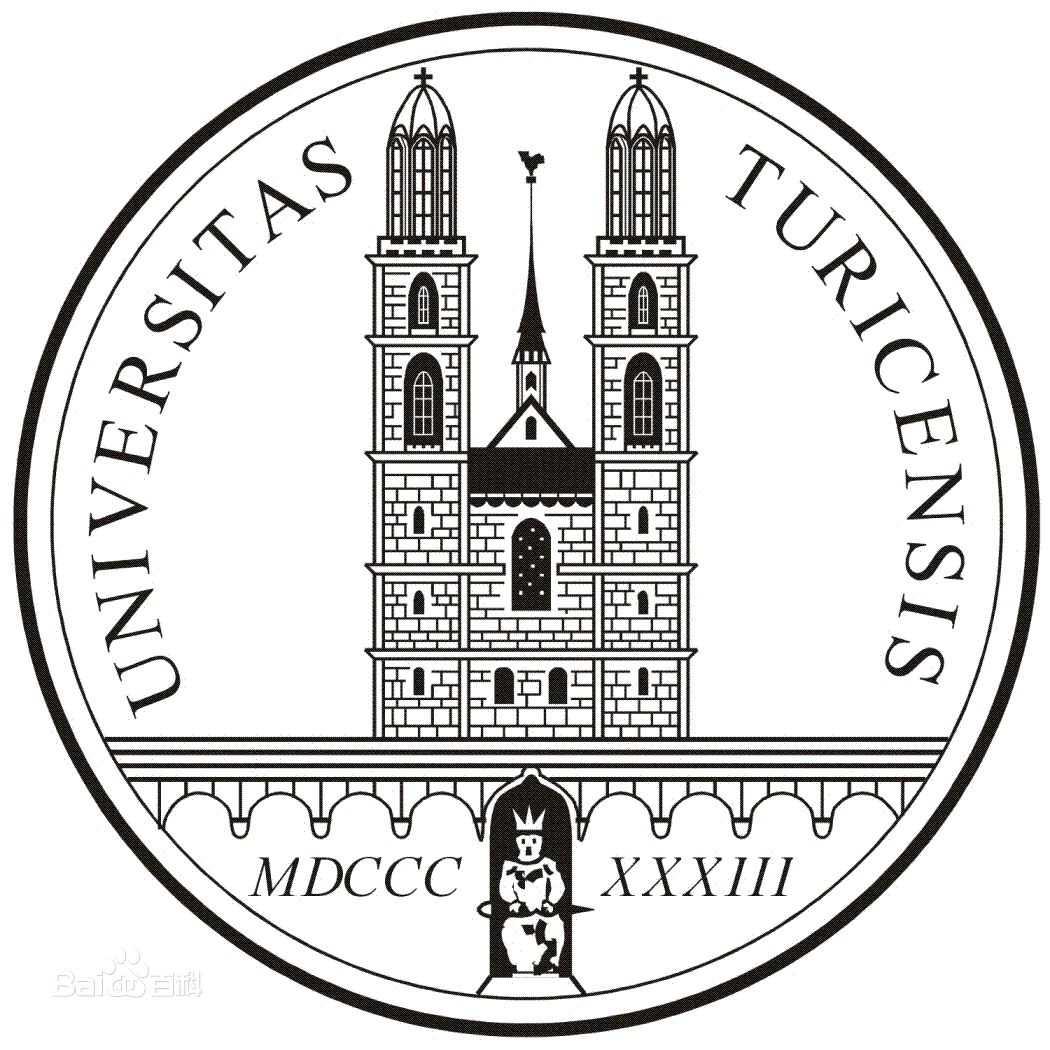
University of Zurich

Harvard University

Colorado State University
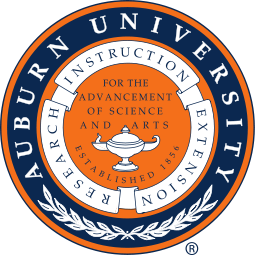
Auburn University

Yale University

Worcester Polytechnic Institute

Washington State University

Stanford University

University of Leipzig
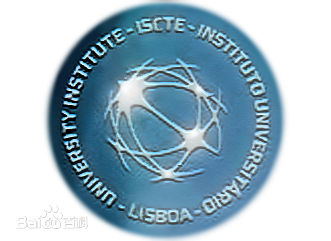
Universidade da Beira Interior
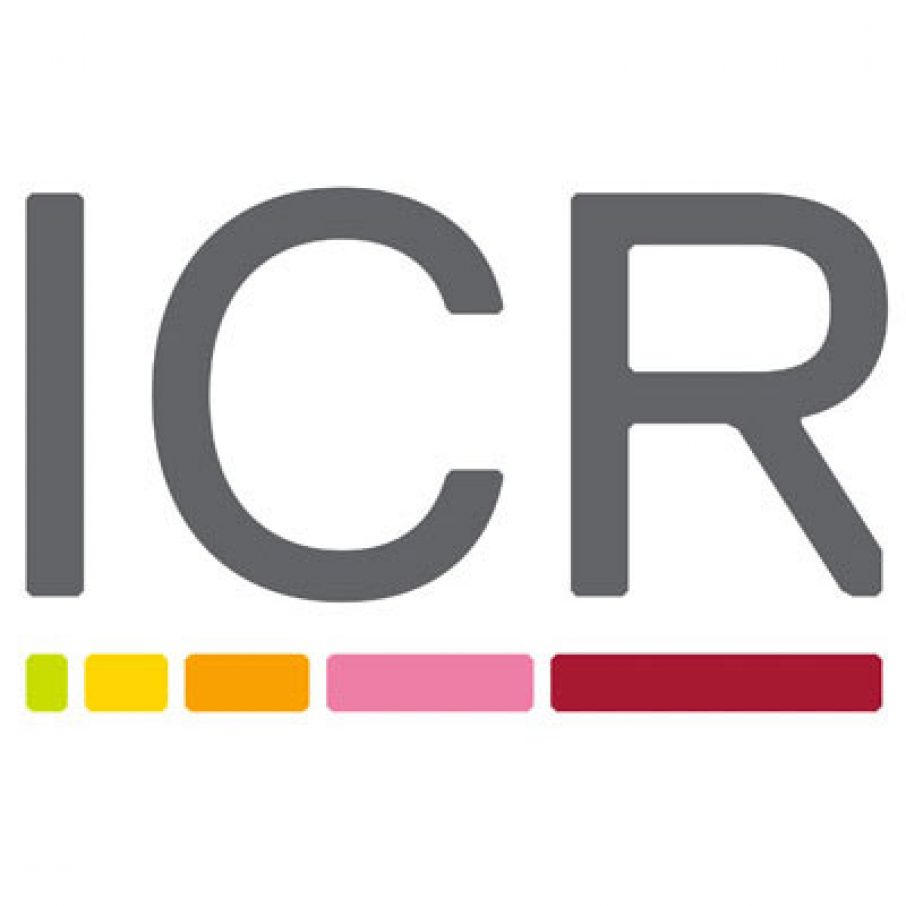
The Institute of Cancer Research

Heidelberg University

University of Amsterdam

University of Auckland

TsingHua University
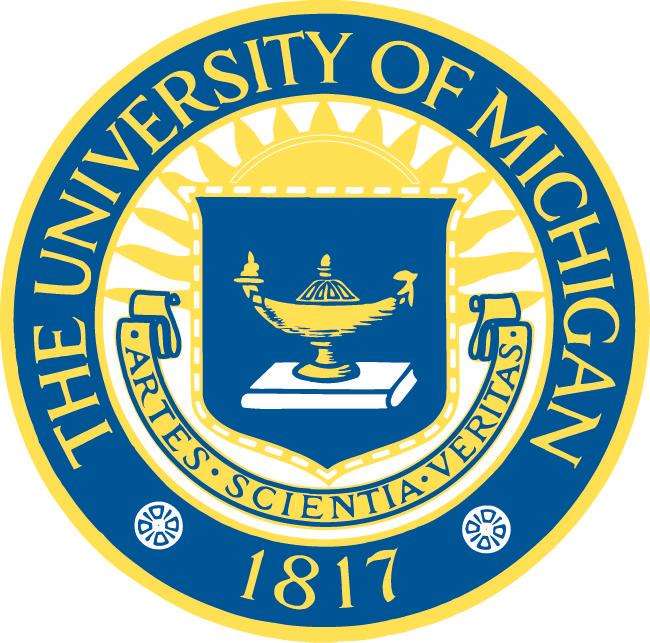
The University of Michigan

Miami University
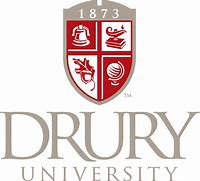
DRURY University
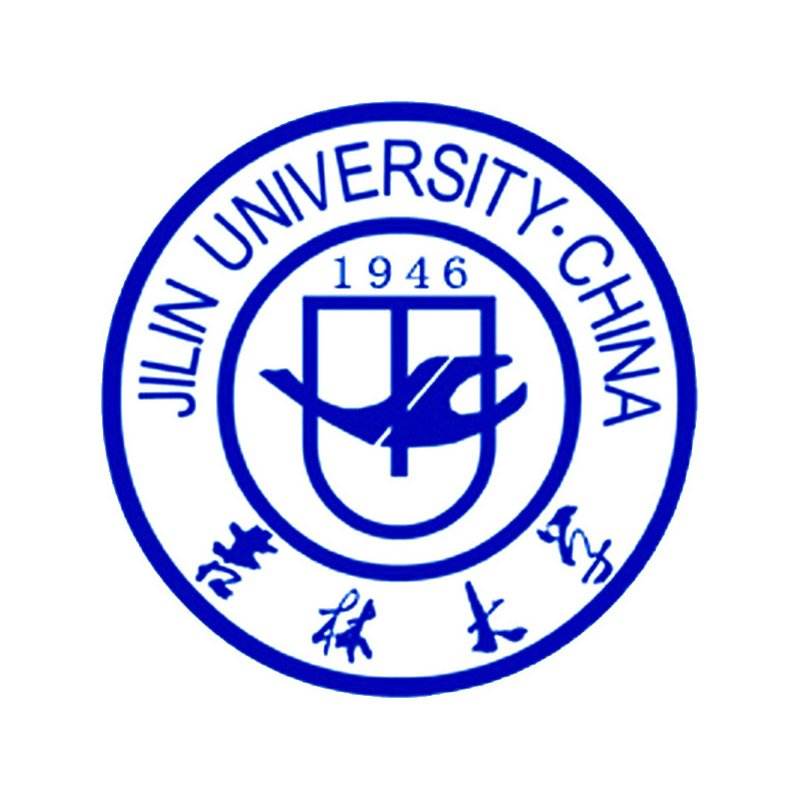
Jilin University

Fudan University

Wuhan University

Sun Yat-sen University

Universite de Paris

Deemed University

Auckland University

The University of Tokyo

Korea University
- Europine N-oxide
Catalog No.:BCN1977
CAS No.:65582-53-8
- Cyclo(Pro-Ala)
Catalog No.:BCN2427
CAS No.:65556-33-4
- Esculentoside A
Catalog No.:BCN5010
CAS No.:65497-07-6
- Naftifine HCl
Catalog No.:BCC4806
CAS No.:65473-14-5
- (Z)-23-Coumaroylhederagenin
Catalog No.:BCN3748
CAS No.:654678-61-2
- Sitagliptin phosphate
Catalog No.:BCC9148
CAS No.:654671-78-0
- Sitagliptin phosphate monohydrate
Catalog No.:BCC2111
CAS No.:654671-77-9
- Fmoc-Asn(Trt)-ol
Catalog No.:BCC2585
CAS No.:654670-89-0
- Acantrifoic acid A
Catalog No.:BCN6488
CAS No.:654663-85-1
- Phebalosin
Catalog No.:BCN4198
CAS No.:6545-99-9
- 1-Methoxyphaseollidin
Catalog No.:BCN7185
CAS No.:65428-13-9
- DL-Dab.2HCl
Catalog No.:BCC2669
CAS No.:65427-54-5
- 4'-Demethylepipodophyllotoxin
Catalog No.:BCN5918
CAS No.:6559-91-7
- Cerbinal
Catalog No.:BCN4199
CAS No.:65597-42-4
- Cerberic acid
Catalog No.:BCN4200
CAS No.:65597-44-6
- Ophiopogonin D'
Catalog No.:BCN2645
CAS No.:65604-80-0
- Nintedanib (BIBF 1120)
Catalog No.:BCC3661
CAS No.:656247-17-5
- Fenretinide
Catalog No.:BCC1572
CAS No.:65646-68-6
- Esculentoside E
Catalog No.:BCN5014
CAS No.:65649-36-7
- Silybin B maltoside
Catalog No.:BCC8250
CAS No.:335299-49-5
- HA14-1
Catalog No.:BCC3593
CAS No.:65673-63-4
- AG-1024
Catalog No.:BCC1242
CAS No.:65678-07-1
- TC-C 14G
Catalog No.:BCC6144
CAS No.:656804-72-7
- Reversine
Catalog No.:BCC1892
CAS No.:656820-32-5
SAR of a series of anti-HSV-1 acridone derivatives, and a rational acridone-based design of a new anti-HSV-1 3H-benzo[b]pyrazolo[3,4-h]-1,6-naphthyridine series.[Pubmed:17937990]
Bioorg Med Chem. 2008 Jan 1;16(1):313-21.
Herpes Simplex Virus (HSV) infections are among the most common human diseases. In this work, we assess the structural features and electronic properties of a series of ten 1-Hydroxyacridone derivatives (1a-j) recently described as a new class of non-nucleoside inhibitors of Herpes Simplex Virus-1 (HSV-1). Based on these molecules, we applied rigid analogue and isosteric replacement approaches to design and synthesize nine new 3H-benzo[b]pyrazolo[3,4-h]-1,6-naphthyridine derivatives (2a-i). The biological and computational results of these new molecules were compared with 1-Hydroxyacridones. An inhibitory profile was observed in 10-Cl substituted 3H-benzo[b]pyrazolo[3,4-h]-1,6-naphthyridine derivative (2f), which presents the same substituent at the analogous position of 1-Hydroxyacridone derivative (1b). The structure-activity relationship (SAR) studies pointed out the 10-position next to nitrogen atom as important for the anti-HSV-1 profile in the pyrazolo-naphthyridine derivatives tested, which reinforced the promising profile for further experimental investigation. The most potent acridone and pyrazolo-naphthridine derivatives were also submitted to an in silico ADMET screening in order to determine their overall drug-score, which confirmed their potential antiviral profile.


